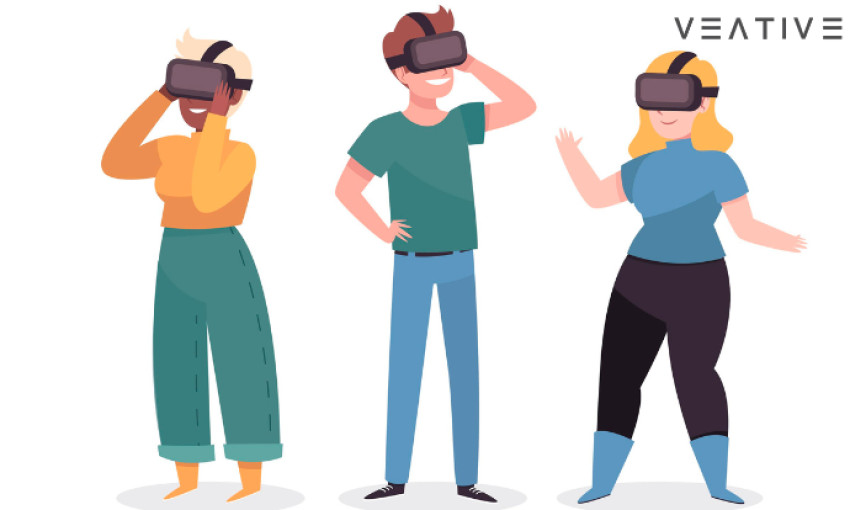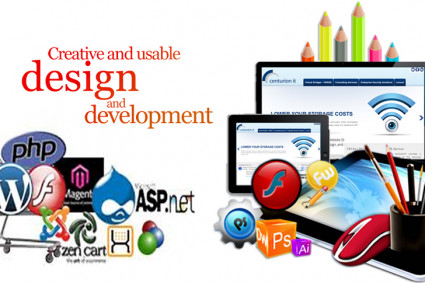
At the beginning of the 20th century, cinema and television were new visual mediums that were attempting to advance their technology as well as identify their audience. Virtual reality is doing the same thing today. The ability of VR to produce immersive experiences that engage the mind and completely immerse us is what sets it apart from other technologies. VR is ready to make innovative strides as a consumer technology in the upcoming decade that will take it from a niche experience to mainstream entertainment and beyond. With WebVR, virtual reality makes significant progress toward its goal of becoming a universal medium and network. WebVR is a fascinating version of virtual reality that promises anyone with Internet access instant access to amazing, immersive content.
What is WebVR?
VR can be experienced in your browser thanks to the open-source WebVR specification. Regardless of the device they use, the objective is to make it simpler for everyone to engage in VR experiences.
Since the internet's inception, a lot has changed, and it seems like there is a new way to use it every year. WebVR is one of the newest and most exciting innovations, enabling users to access virtual reality experiences straight from their web browsers.
WebVR is a technology that enables users to access virtual reality content directly from their web browsers without the need for any additional software or plugins. This means that anyone with an internet connection and a VR headset can access a wide range of immersive VR experiences without having to download any additional software.
How does it work?
WebVR works by using the web browser as a platform for VR content. This means that instead of having to download a separate application or plugin to access VR content, users can simply navigate to a website that offers WebVR experiences and view them directly in their browser.
To make this possible, WebVR uses a combination of JavaScript and WebGL, which are web technologies that allow developers to create 3D graphics and interactive experiences directly within a web browser. These technologies work together to create a VR experience that is as smooth and immersive as possible while still being accessible to a wide range of devices.
What are the benefits of WebVR?
One of the biggest benefits of WebVR is that it makes VR content much more accessible to a wider audience. Since WebVR experiences can be accessed directly from a web browser, users don't need to worry about downloading and installing additional software, which can be a major barrier to entry for many people.
Another benefit of WebVR is that it allows developers to create VR experiences that are much more easily shareable. Since WebVR experiences can be hosted on a website just like any other type of content, they can be shared and linked to just like any other webpage. This makes it much easier for developers to distribute their VR experiences and reach a wider audience.
Finally, WebVR also offers a lot of potential for e-commerce and marketing. Since WebVR experiences can be accessed directly from a web browser, businesses can create immersive product demos and virtual storefronts that allow customers to interact with products in a much more engaging way than traditional e-commerce platforms.
What are some examples of WebVR experiences?
There is already a wide range of WebVR experiences available online, ranging from simple games and interactive demos to more complex VR environments and simulations.
HTML and JavaScript are necessary for the production of WebVR.
Anyone can easily experience virtual reality (VR) on a web browser without the use of a specialized headset thanks to webVR, which is unique in that it does not require sophisticated production methods. WebVR-compatible websites are simple to make using HTML and JavaScript.
There are two approaches, to be more precise. one that makes use of the "WebGL" mechanism to express 3D graphics and one that makes use of the "A-Frame" framework for WebVR. When using WebGL, the JavaScript library "three.js" makes it simple to express 3D graphics. However, if you are unfamiliar with WebGL, this method might be challenging to use.
We advise you to use A-Frame as a beginner because of this. You can set the camera position, add light (a light source), and animate graphics by loading an A-Frame in HTML. Why not try pushing yourself to create WebVR content if you are a website developer?
A note on accessibility on VR websites
While we have here concentrated on lovely aesthetics and dreamlike experiences, it is important to keep in mind that different people have different computer skills. We must therefore ensure that our designs don't harm them in any way. People with vestibular motion disorders frequently experience disorientation from unexpected full-screen animations and inverted scrolling patterns. Naturally, both of these things occur frequently in VR design, so when developing your cutting-edge new marketing site, be sure to consider these unfavorable side effects.
Keeping track of user preferences for settings like prefers-reduced-motion is one way to prevent this from happening. This implies that rather than the animated version being displayed when a visitor first arrives at your website. Naturally, this is only one of the important factors to take into account when designing an accessible VR website. Additionally, navigation, text legibility, and color contrast should be taken into account.
In conclusion, WebVR is an exciting new development that promises to make VR content much more accessible and shareable than ever before. With its potential to revolutionize e-commerce, marketing, and entertainment, it's likely that we'll be seeing a lot more WebVR experiences in the coming years.





